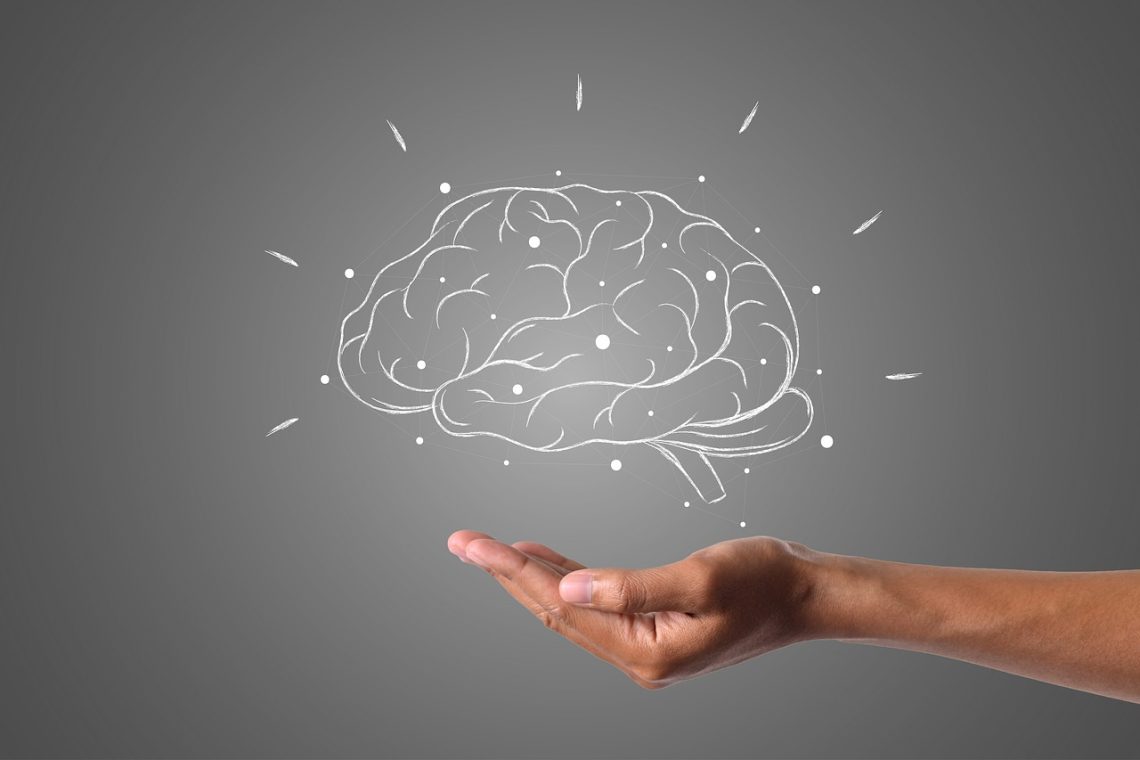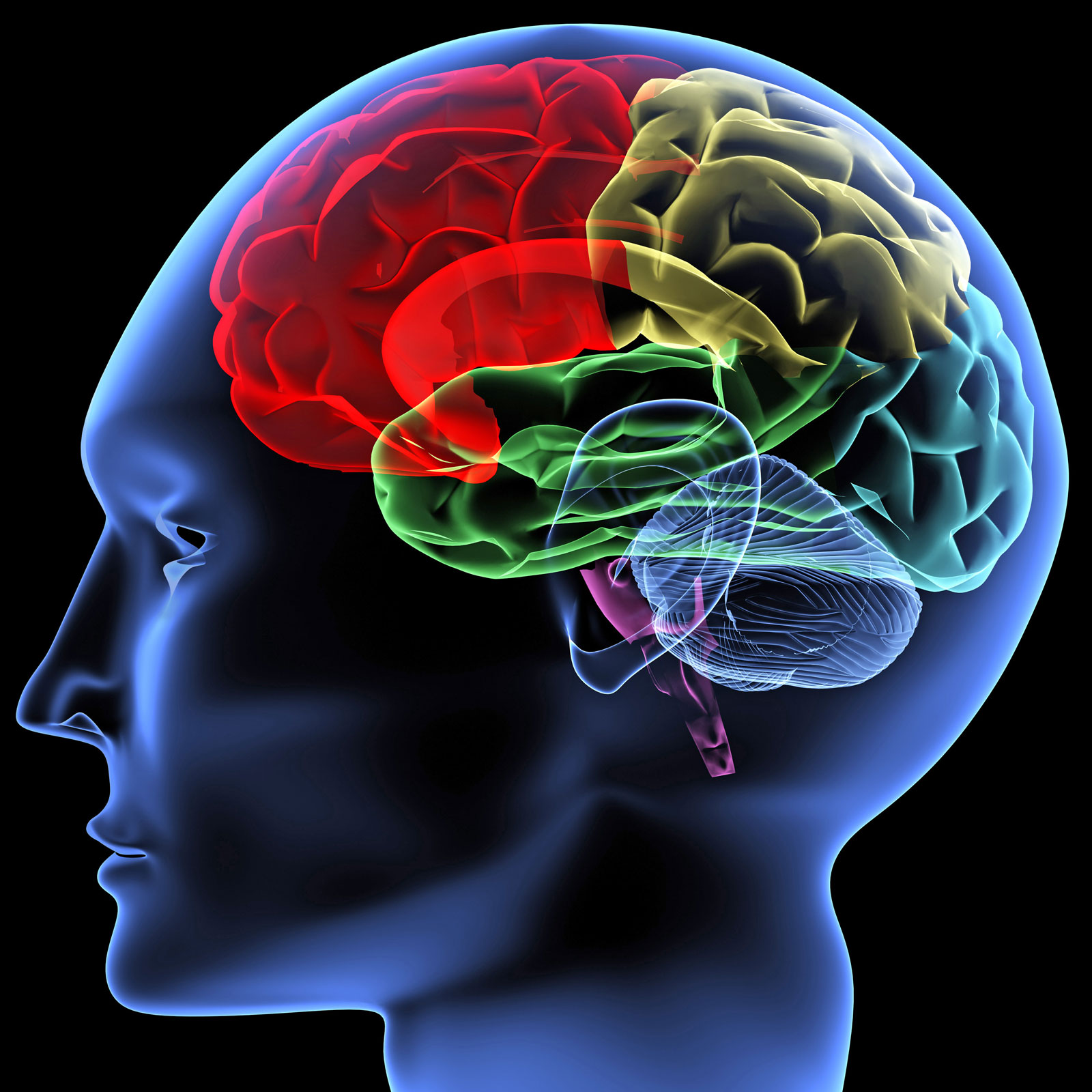
The Cognitive Marvel of Brain Plasticity: How Your Brain Adapts and Grows
The human brain is a remarkable organ, known for its capacity to adapt, change, and grow. This remarkable ability, often referred to as brain plasticity, allows our brains to rewire, reorganize, and even regenerate over the course of our lives. Understanding brain plasticity is not only fascinating from a scientific perspective but also has significant implications for education, rehabilitation, and overall brain health. In this article, we’ll delve into the concept of brain plasticity, exploring how our brains adapt and grow throughout our lives.
What Is Brain Plasticity?
Brain plasticity, also known as neuroplasticity, refers to the brain’s ability to change its structure and function in response to experience, learning, and environmental factors. It challenges the traditional view that the brain’s neural pathways are fixed and unchanging. Instead, research has shown that our brains remain adaptable, even into adulthood.
There are two primary types of brain plasticity:
Structural Plasticity: This involves physical changes in the brain, such as the growth of new neurons (neurogenesis), the formation of new synaptic connections, and the rewiring of existing neural pathways.
Functional Plasticity: This relates to the brain’s ability to redistribute functions from damaged areas to undamaged areas. For example, if a certain brain region is injured, other regions can compensate and take on the lost functions.
The Developing Brain
Brain plasticity is most prominent during childhood and adolescence when the brain is still developing. During these critical periods, the brain undergoes significant changes in response to learning and environmental influences. For instance, children’s brains are highly adaptable, allowing them to learn languages, acquire new skills, and absorb information rapidly.
Throughout childhood, the brain prunes synapses (connections between neurons) that are not used frequently, while strengthening those that are regularly engaged. This process is known as synaptic pruning and helps refine and optimize the brain’s neural networks.
The Adult Brain
Contrary to earlier beliefs, brain plasticity is not limited to childhood. Research has demonstrated that the adult brain remains adaptable and can undergo structural and functional changes in response to various experiences and stimuli. Several factors contribute to this adaptability:
Learning and Education: Engaging in continuous learning and education can stimulate the growth of new neurons and the formation of synaptic connections. Lifelong learning, whether through academic pursuits or hobbies, helps keep the brain plastic.
Environmental Enrichment: Exposure to a stimulating and varied environment can enhance brain plasticity. Interactions with nature, art, music, and diverse experiences foster a rich cognitive environment that benefits the brain.
Rehabilitation: Following brain injuries or strokes, rehabilitation programs leverage functional plasticity to help individuals recover lost functions. The brain can reorganize and adapt to compensate for damaged areas.
Benefits of Brain Plasticity
Understanding brain plasticity carries several benefits:
Optimizing Learning: Knowing that the brain is adaptable can motivate individuals to pursue continuous learning and self-improvement. It underscores the idea that learning is a lifelong endeavor.
Recovery from Brain Injuries: Brain plasticity is harnessed in rehabilitation programs to help individuals regain lost functions after brain injuries. By facilitating the brain’s capacity to adapt, these programs can significantly improve the quality of life for those affected.
Enhancing Cognitive Abilities: Brain training exercises, such as puzzles, memory games, and cognitive training, can leverage neuroplasticity to enhance memory, problem-solving, and other cognitive skills.
Aging Gracefully: Understanding that the adult brain remains adaptable can motivate older individuals to stay mentally and physically active, potentially delaying cognitive decline.

Harnessing Brain Plasticity
To harness the power of brain plasticity in your daily life, consider the following strategies:
Learn Continuously: Challenge your brain with new experiences, whether it’s learning a new language, musical instrument, or a hobby.
Stay Physically Active: Regular physical activity has been linked to enhanced brain plasticity and cognitive function.
Mental Stimulation: Engage in activities that challenge your brain, such as puzzles, crosswords, and strategy games.
Social Interaction: Interacting with others and maintaining a strong social network can stimulate brain plasticity.
Healthy Diet: A balanced diet rich in nutrients supports brain health and plasticity.
In conclusion, the marvel of brain plasticity reminds us that our brains are not fixed entities but dynamic and adaptable organs. Understanding how our brains can rewire, reorganize, and regenerate throughout our lives underscores the importance of lifelong learning, cognitive engagement, and maintaining a healthy lifestyle. By harnessing the power of brain plasticity, we can continue to adapt, grow, and thrive, no matter our age or circumstances. It’s a testament to the incredible potential of the human brain.
You May Also Like

Top 5 Things To Know About Migraines
2022-12-30
Your Brain Hears Math Differently to Normal Speech
2021-08-17


